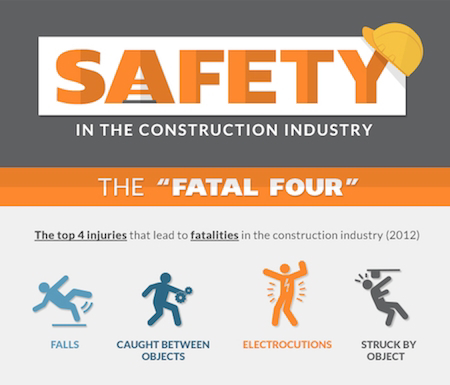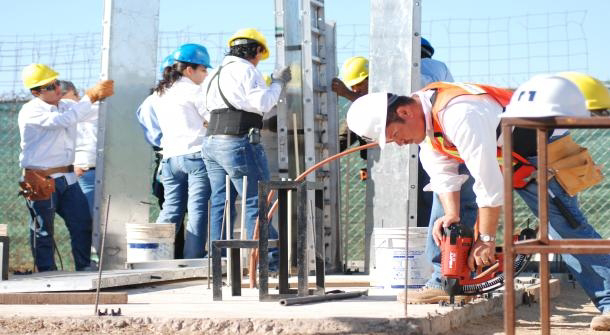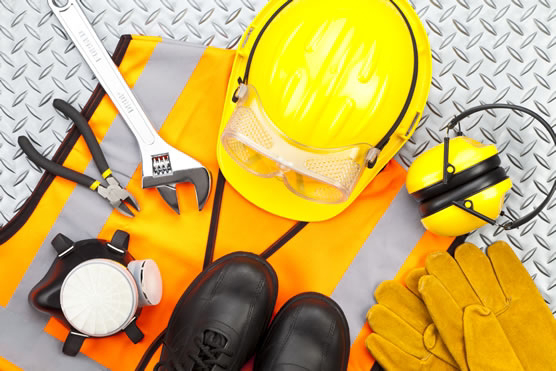Safety in Construction Industries
Construction work means any work carried out in connection with the construction, alternation converge and eating out commissioning renovation repair maintenance refurbishment the demolition, decommissioning aur dismantling of a structure. The definition of structure work broad and includes, installation for testing carried out in connection with an activity e mentioned below:
- The removal from the workplace of any product or waste resulting from demolition.
- The pre fabrication for testing of elements at a place specifically establish for the construction work for use in construction work.
- The Assembly of prefabrication elements to form a structure for the the disassembly of prefabricated elements forming part of a structure.
- Installation testing or maintenance of essential service in relation to structure.
- Any work connected with an excavation.
- Work connected with any preparatory work for site preparation including landscaping as part of site preparation carried out in connection with an activity mention above.
- Any activity mentioned above that is carried out on under or near water including work on buoys and obstruction to navigation.
Safety Management in Construction:
- Safety helmets shoes belts should be given to the workers to avoid the causes of injuries.
- Do not interfere with fire fighting equipment and electrical.
- Proper labour shed has to be provided to the labour.
- Proper ventilation lightening facilities drinking water and sanitary facilities should be provided to the labour.
- Ensure implementation of law of the land with respect of safety and health.
- Create Safety Organisation with health and first aid facilities.
- Adequate budget.
- Standard quality and timely supply of personal protective equipment.
- Neet basis and adequate safety auditing and training to side management team and others.
- Organisation of Housekeeping and deployment of qualified P and M person.
- Incident and injuries free work place.
- Safety promotional activities.
- Availabilitye of recognise Health Care Centre.
- Adequate provision of fire prevention systems.
- No child labour.
- No smoking.
- Appropriate batch for identification of JMC staff contractors and others.
- Formation of safety committee.
- Workers will be covered under occupation accident policy.
- Monitoring of implementation.
- Good housekeeping should be maintained at all situation.
Responsibilities of Safety Engineer:
- Before commencing any work on site, safety officer is appointed who will ensure the safety measures at site.
- The safety measure to be adopted at the site will be the responsibilities of the engineer executing the work.
- The safety officer go for safety rounds all over the side everyday and advise the concern supervisor regarding any unsafe act or condition and the remedial action required will be implemented.
- Safety trainings will be conducted to all workers and staff because they started their work ok as well as at regular intervals.
- Those records training will be maintained by safety officer.





Comments
Post a Comment